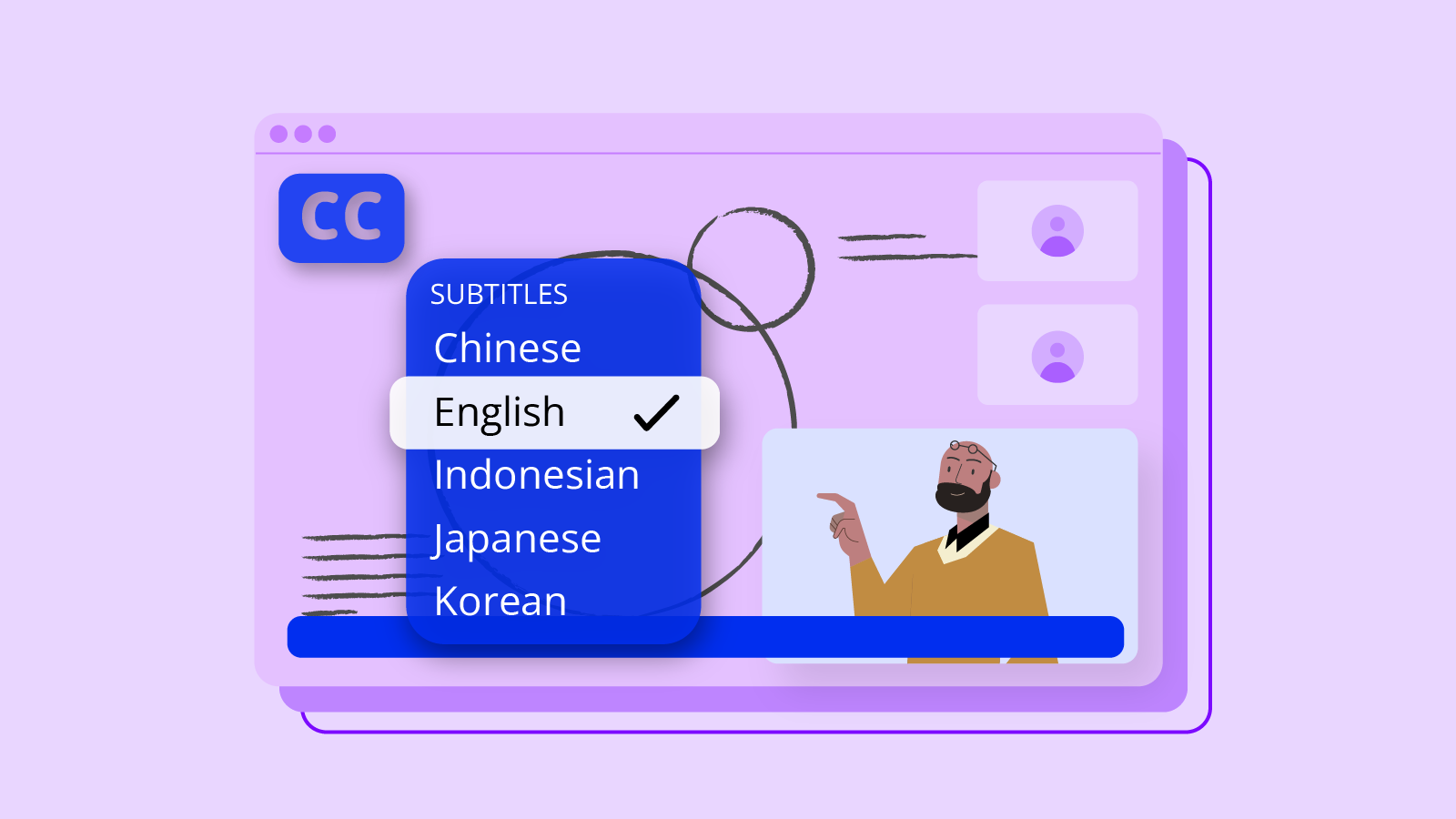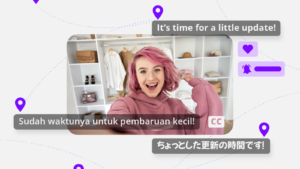Video captions make virtual learning easier. Audio can be translated into the language of the learner using captions. The hard of hearing can engage with the training material. Foreign students also get an opportunity to master a new language. The benefits are endless.
With quite a number of learning institutions going virtual (research conducted in 2020 showed that 75% of undergraduates and 71% of graduates took at least one course online), captions are slowly becoming a necessity.
Studies have shown that most students who access training videos prefer to have captions on for clarity. In detail, here is how the use of captions can improve students’ ability to engage with videos;
Videos Promote Learning
Studies have shown that including videos in teaching materials are effective in improving student engagement and learning. From live-streaming lectures for students tuning in remotely, to recorded lectures for students to revisit, video learning has been increasing in popularity.
Not all students learn the same, but one of the benefits of offering multiple options is the flexibility to consumer educational content on their own terms.
Since the pandemic, virtual learning has become the norm, and all students could experience the benefits of not just video lectures, but subtitles as well, as they play a significant role in helping students absorb content.
Providing translated captions also helps, especially for foreign students who are not fluent in the language being used. then translating the content to a language they prefer will increase engagement even more.
Creating a more inclusive environment for different types of students
Students with medical conditions such as autism, ADHD, and Down syndrome sometimes find it difficult to process information as fast as a normal person would. This means they need extra time and monitoring to ensure they equally understand what is being taught.
As explored in an earlier article, captions are a great way to help students with learning difficulties focus and learn better.
Students can learn a new language through video captions
When you watch a video with foreign captions repetitively, you start to understand some of these words. A number of people admitted to having learned subconsciously, a foreign language through subtitles.
This is the same for students. Captioned videos are not only a guiding tool but can encourage them to learn a language other than their own.
Choose Auris AI for students’ video captions
Video-aided learning has proved an increased motivation and students’ ability to learn. However, the effectiveness of captions depend on whether they have been subtitled and translated accurately to give your learners a better experience. The good news is, you don’t have to add captions manually or rely on inaccurate video captions. Translation websites such as Auris AI will give you an exemplary experience with video captions.
How Auris AI works
Auris AI is a web-based software that allows you to automatically generate video transcripts, audio translations, and captions in over 16 internationally spoken languages. Head over to our website to start your transcription journey today.
Read more: Top transcription and captioning services for online educators






